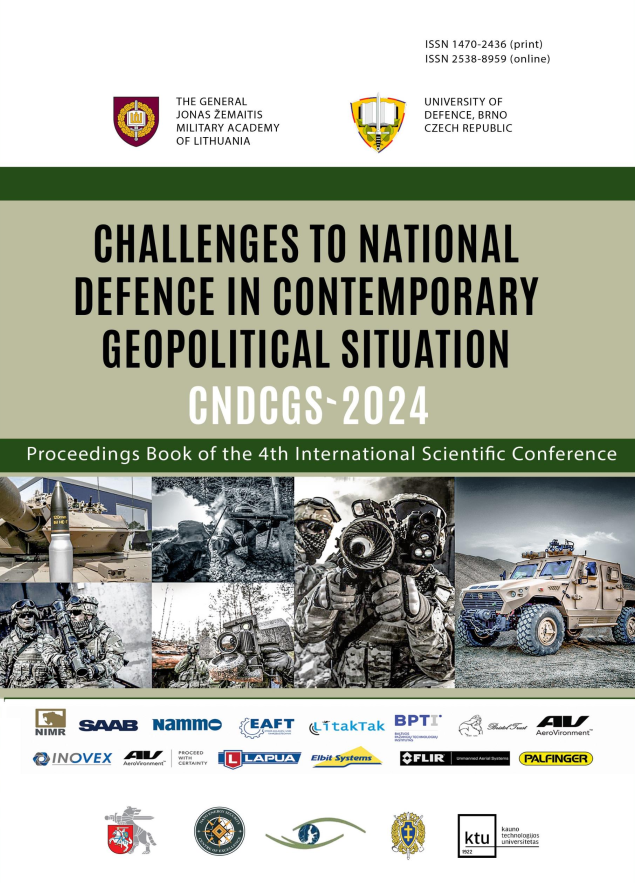Analysis of Trends in Defence Funding in the Member States of the North Atlantic Alliance
DOI:
https://doi.org/10.3849/cndcgs.2024.456Keywords:
security, defence, state, alliance, conflict, defence spending, threatsAbstract
The aim of the article is to analyse the impact of the development of security threats on the financing of the defence capabilities of NATO states. The author is based on the theory of defence financing as a public good and the analysis of empirical data on the development of defence spending and the negative impact of the “free rider”. In the first part, attention is paid to the theoretical definition of defence from the point of view of economic theory, and in the second part to the analysis of defence expenditures in NATO member countries. The author draws on the works of renowned authors such as [2, 6, 14,15]. In the first and second parts of the article, the author chose a positive approach. The author of the article conducted a literature search of theoretical literature and relevant political and legal documents of NATO, EU, Czech Republic and Slovak Republic. For the purpose of analysing the impact of security threats on military spending, the author analysed trends in NATO member states’ defence spending in the context of the “free rider” impact on the state's defence capability.
Downloads
Published
Issue
Section
License
Copyright (c) 2024 CNDCGS

This work is licensed under a Creative Commons Attribution-NonCommercial-NoDerivatives 4.0 International License.
All rights preserved. No part of this publication may be reproduced, stored in retrieval system, or
transmitted in any form or by any means, electronic, photocopying, recording or otherwise, without the
permission of the Publisher.





